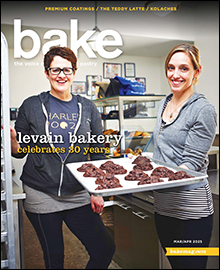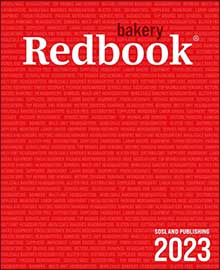It was not clear how much of that inflation — ranging from 4.5% to 6% for most meats, poultry, fats and oils — was an after-effect of the 2012 drought.
But Bill Lapp, president of Advanced Economic Solutions in Omaha, says he believes the 2012 corn crop sustained a $25 billion toll from the drought — about 3% to 4% of the entire food economy — that must ultimately be paid by producers and retailers and is likely to affect food prices well into the 2013 crop year.
Corn is king, Lapp says, having an outsized impact on the entire food sector, adding that “when corn sneezes, the other crops catch a cold.” He says that corn yields in 2012 were in the lowest 2% of the historical range of the last 50 years. Such a short crop inevitably translated into price increases from about $5 a bu to about $8 a bu. Grains that compete with corn such as wheat and soybeans also became more expensive as a result of the drought.
Unfavorable weather during the 2012 growing season was not the only reason for higher food prices, though, Lapp says. He pointed out that beef has been in a secular price rise dating from 2007 and that strong export demand for chicken leg quarters also pushed prices higher.
Not all meats experienced hefty inflation-related gains, the USDA says. Pork prices were expected to only go up by 1% to 2% in 2012, before bumping up a forecast 3% to 4% in 2013. The USDA had predicted pork prices would increase to the level of inflation expected for other meats, poultry and fish in 2013.
Foods derived from corn, wheat and soybeans showed the biggest jumps in price in 2012. Other edibles, such as fresh fruits and vegetables and processed fruits and vegetables, actually experienced price deflation in 2012, with declines from 1% to 5%, according to the USDA But those prices, too, are expected to rebound to 2% to 5% inflation in 2013, the USDA says.
Lapp says the drought, in the form of much higher feed costs, hit livestock and poultry producers hard in 2012 and the solution was a delicate one.
“For livestock producers, branded food, bakeries and restaurants, it is not such a simple thing as ‘I’m raising my prices,’” he says.
Livestock and poultry growers and processors confronted the dilemma of whether to live with squeezed margins or to raise prices and perhaps lose market share.
“Some will have to accept lower margins, some will go out of business and some will consolidate,” Lapp says. “There is no way around it.”
US corn prices might have gone even higher if export demand had been stronger before the new South American crop is harvested, Lapp says.
“Exports were off to a slow start,” he says. “This was our time to shine, but we kind of missed the boat.”




